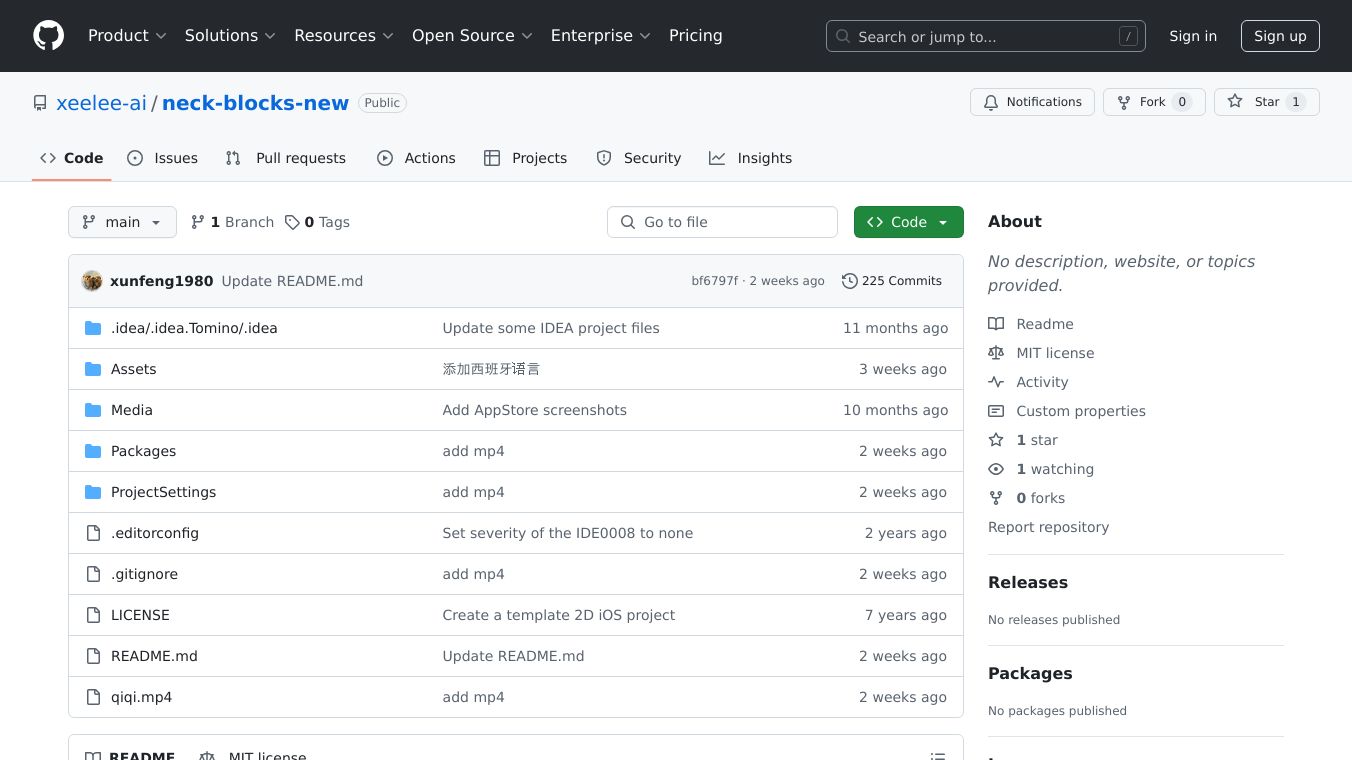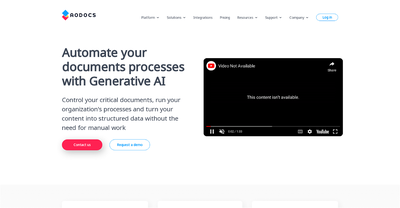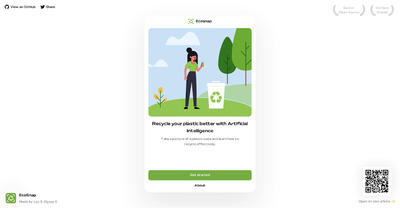Neck Blocks

Meet YOLOv8, the newest version of the popular YOLO object detection model by Ultralytics.
YOLOv8 is faster, more accurate, and easier to use. It is great for many object detection tasks.
YOLOv8 has some key improvements. First, it uses anchor free detection, which means it does not need anchor boxes. This makes detection simpler and faster. Second, it has automatic mixed precision training. This technique adjusts the precision of computations during training, speeding up the process and reducing memory usage. YOLOv8 also has an improved Non-Maximum Suppression (NMS) algorithm. This makes the model more efficient and accurate, reducing false positives and improving detection quality.
YOLOv8 comes in five different sizes. YOLOv8 nano is the smallest and fastest, perfect for quick tasks. YOLOv8 small balances speed and accuracy, making it suitable for most general purposes. YOLOv8 medium offers a good mix of accuracy and computational efficiency. YOLOv8 large provides high accuracy but needs more computational resources. YOLOv8 extra large is for tasks that need the highest accuracy and computational power.
The YOLOv8 network has three main parts: the backbone, the neck, and the head. The backbone takes out features from the input image using convolutional layers. These layers progressively downsample the image while taking out more abstract features. The neck puts together features from different levels of the backbone. It includes parts like SPPF (Spatial Pyramid Pooling Fast) and PAN (Path Aggregation Network), which help combine features from different scales. The head makes the final predictions, including detecting objects and classifying them into categories.
The backbone of YOLOv8 has convolutional layers organized into blocks. Each block includes convolutional layers, batch normalization, and activation functions like SiLU (Swish). These parts work together to take out features, stabilize training, and introduce non-linearity, helping the network learn complex patterns.
The neck of YOLOv8 includes SPPF and PAN. SPPF applies spatial pyramid pooling to feature maps, capturing information at multiple scales. PAN puts together features from different levels of the backbone, combining information from different scales to improve detection accuracy.
The head of YOLOv8 includes the detection head and the classification head. The detection head predicts the bounding boxes for detected objects, while the classification head predicts the class probabilities for these objects.
For more details, check out the official YOLOv8 documentation.
This content is either user submitted or generated using AI technology (including, but not limited to, Google Gemini API, Llama, Grok, and Mistral), based on automated research and analysis of public data sources from search engines like DuckDuckGo, Google Search, and SearXNG, and directly from the tool's own website and with minimal to no human editing/review. THEJO AI is not affiliated with or endorsed by the AI tools or services mentioned. This is provided for informational and reference purposes only, is not an endorsement or official advice, and may contain inaccuracies or biases. Please verify details with original sources.






Comments
Please log in to post a comment.